Brighter with Herbert.
Get the latest international news and world events from around the world.
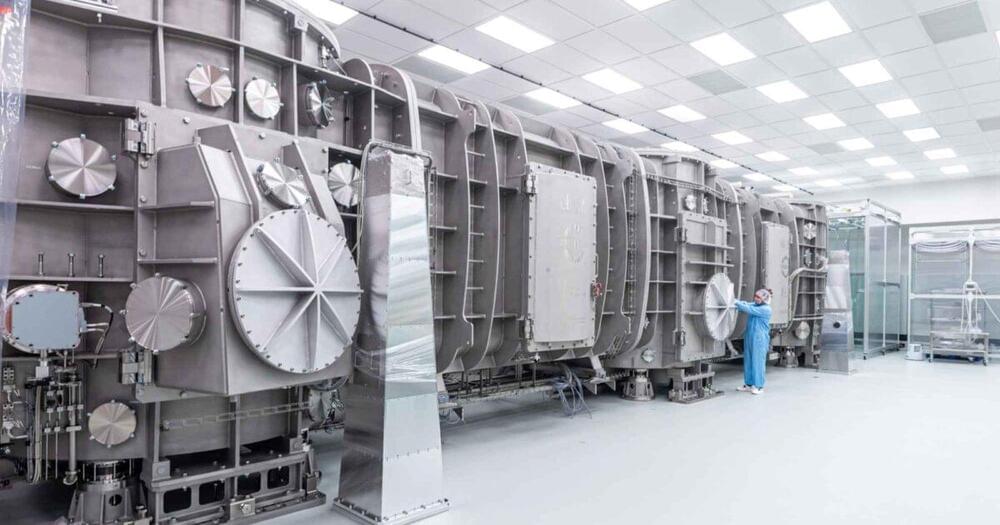
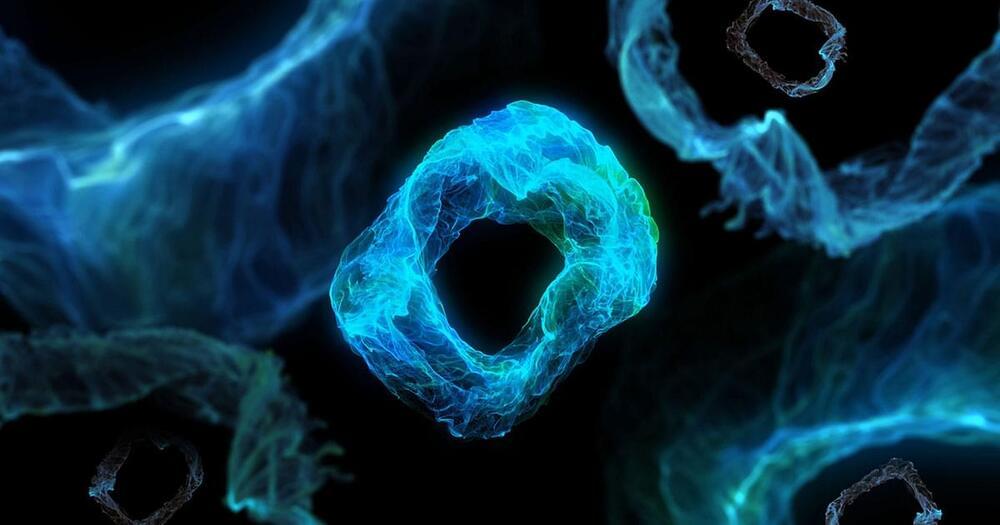
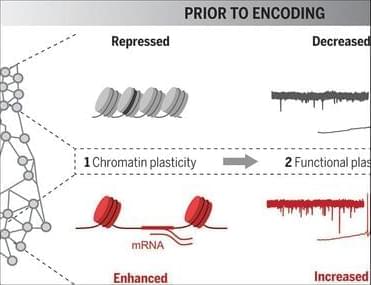
Chromatin plasticity predetermines neuronal eligibility for memory trace formation
It is clear that specific memories are not stored in individual specific neurons.
But the epigenetic state of neurons influences whether they become part of memory…
Memories are encoded by sparse populations of neurons but how such sparsity arises remains largely unknown. We found that a neuron’s eligibility to be recruited into the memory trace depends on its epigenetic state prior to encoding. Principal neurons in the mouse lateral amygdala display intrinsic chromatin plasticity, which when experimentally elevated favors neuronal allocation into the encoding ensemble. Such chromatin plasticity occurred at genomic regions underlying synaptic plasticity and was accompanied by increased neuronal excitability in single neurons in real time. Lastly, optogenetic silencing of the epigenetically altered neurons prevented memory expression, revealing a cell-autonomous relationship between chromatin plasticity and memory trace formation. These results identify the epigenetic state of a neuron as a key factor enabling information encoding.
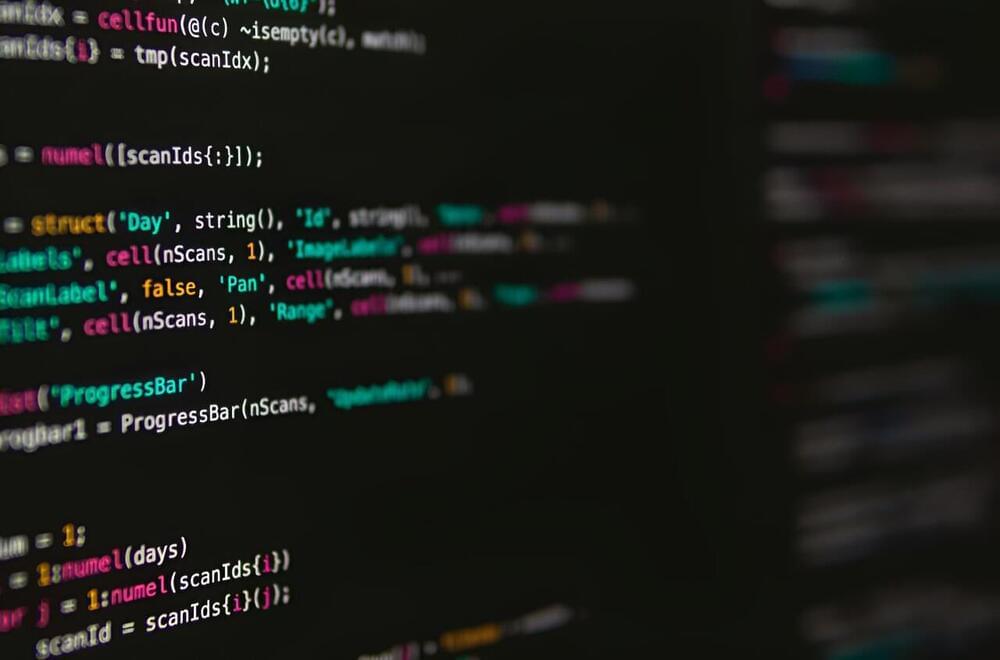
Novel algorithm for discovering anomalies in data outperforms current software
An algorithm developed by Washington State University researchers can better find data anomalies than current anomaly-detection software, including in streaming data.
The work, reported in the Journal of Artificial Intelligence Research, makes fundamental contributions to artificial intelligence (AI) methods that could have applications in many domains that need to quickly find anomalies in large amounts of data, such as in cybersecurity, power grid management, misinformation, and medical diagnostics.
Being able to better find the anomalies would mean being able to more easily discover fraud, disease in a medical setting, or important unusual information, such as an asteroid whose signals overlap with the light from other stars.
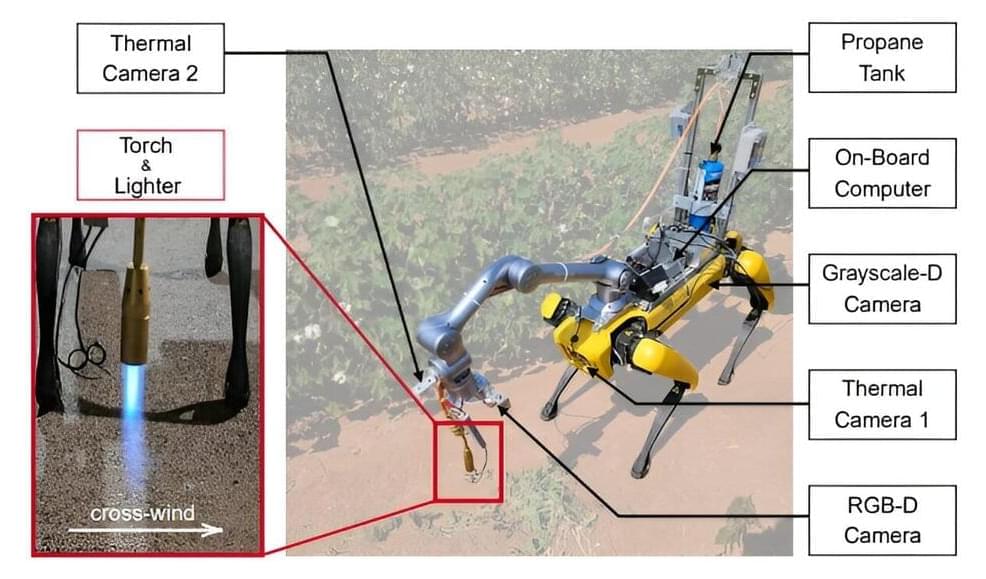
Robot Spot configured to find and stun weeds using a blowtorch
A team of computer scientists and roboticists with members from Texas A&M University in the U.S., and the Mohamed Bin Zayed University of Artificial Intelligence in Abu Dhabi, working with a colleague from Boston Dynamics, has configured a robot made by Boston Dynamics to seek out and stun weeds using a small blowtorch. The team has posted a paper describing their efforts to the arXiv preprint server.
Boston Dynamics, maker of the well-known quadruped Big Dog, has been working on technology to improve both the robot’s agility and processing ability. Its latest quadruped is Spot, a robot with increased agility, highly accurate sensors and a brain that includes AI capabilities. In this new effort, the research team used some of Spot’s abilities to tame weeds growing on cropland.
The researchers trained Spot to recognize weeds among a field of regular crops. They also strapped a small tank filled with propane to its back that is used to fuel a small blow torch held by the robot’s arm. The idea is for Spot to wander around cropland looking for weeds and upon finding them, stun them by blasting their central parts with burning gas. The blowtorch is not used to incinerate the weed, but to heat its core to such an extent that the growth of the weed is stunted for several weeks.
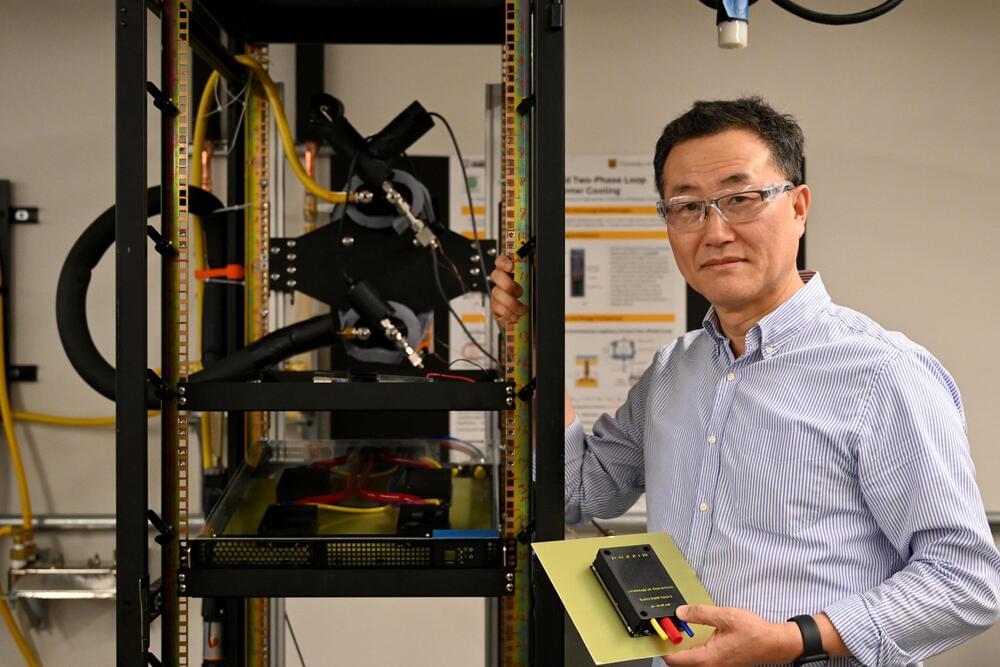
A cool solution: Designing a next-generation cooling system to help data centers become more energy efficient
Artificial intelligence (AI) is hot right now. Also hot: the data centers that power the technology. And keeping those centers cool requires a tremendous amount of energy.
The problem is only going to grow as high-powered AI-based computers and devices become commonplace. That’s why University of Missouri researcher Chanwoo Park is devising a new type of cooling system that promises to dramatically reduce energy demands.
The work is published in the journal Applied Thermal Engineering.

New microgrids model takes into account a fair design of decentralized energy systems
Local decentralized energy systems, known as microgrids, can make urban infrastructures more resilient and reduce risks for the population, for example, in large-scale power outages due to natural hazards or cyberattacks.
In Nature Sustainability researchers from Karlsruhe Institute of Technology (KIT) present design criteria for microgrids that allow for fair treatment of different social groups alongside technical factors. The study shows how cities can shape the transformation towards a secure and more sustainable and equitable energy supply.
Climate change increases the probability of extreme events, as we have seen during the massive flooding of large parts of southern Germany in June. The question of how cities and municipalities can make power supply more resilient and more secure in the face of such crises is bringing so-called microgrids into focus.
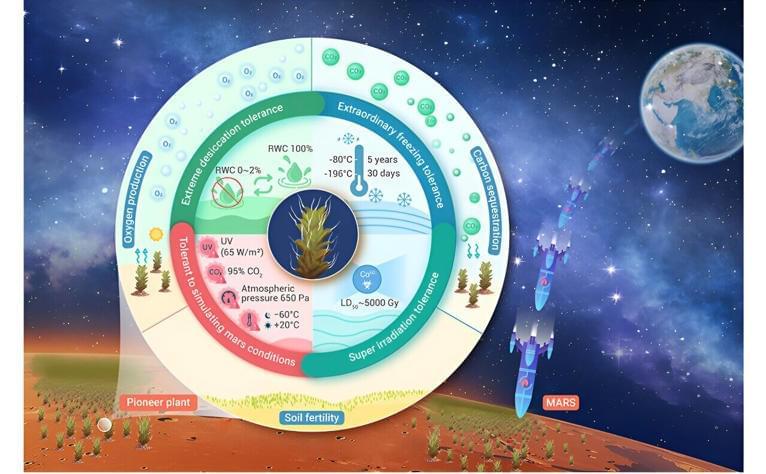
This Desert Moss has the Potential to Grow on Mars
The desert moss Syntrichia caninervis is a promising candidate for Mars colonization thanks to its extreme ability to tolerate harsh conditions lethal to most life forms. The moss is well known for its ability to tolerate drought conditions, but researchers report June 30 in the journal The Innovation that it can also survive freezing temperatures as low as −196°C, high levels of gamma radiation, and simulated Martian conditions involving these three stressors combined. In all cases, prior dehydration seemed to help the plants cope.
“Our study shows that the environmental resilience of S. caninervis is superior to that of some of highly stress-tolerant microorganisms and tardigrades,” write the researchers, who include ecologists Daoyuan Zhang and Yuanming Zhang and botanist Tingyun Kuang of the Chinese Academy of Sciences. “S. caninervis is a promising candidate pioneer plant for colonizing extraterrestrial environments, laying the foundation for building biologically sustainable human habitats beyond Earth.”
A small number of previous studies have tested the ability of microorganisms, algae, lichens, and plant spores to withstand the extreme environments of outer space or Mars, but this is the first study to test whole plants.
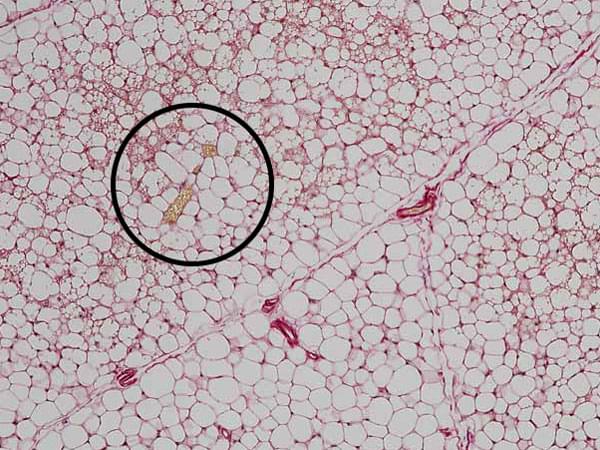
Scientists turn White Fat Cells into Calorie-Burning Beige Fat
A new study shows that suppressing a protein turns ordinary fat into a calorie burner and may explain why drug trials attempting the feat haven’t been successful.
Researchers at UC San Francisco have figured out how to turn ordinary white fat cells, which store calories, into beige fat cells that burn calories to maintain body temperature.
The discovery could open the door to developing a new class of weight-loss drugs and may explain why clinical trials of related therapies have not been successful.